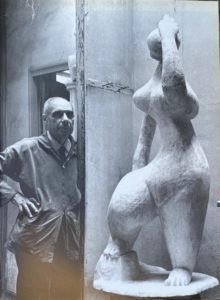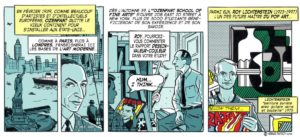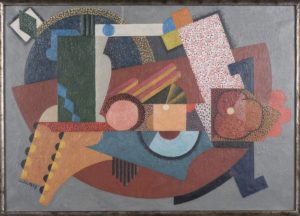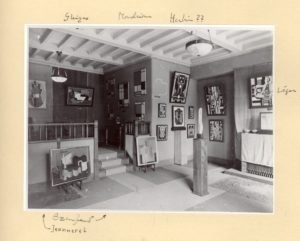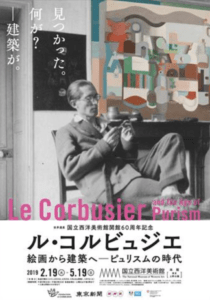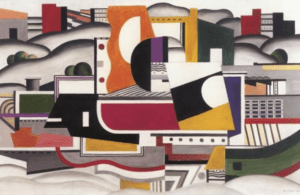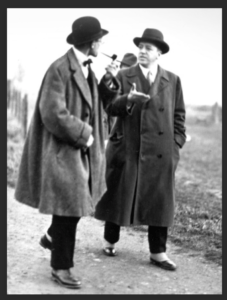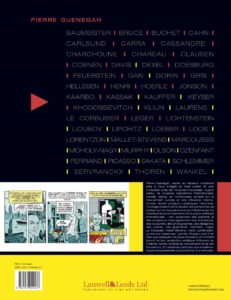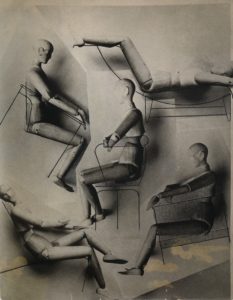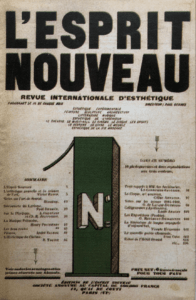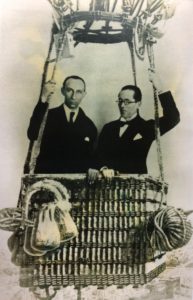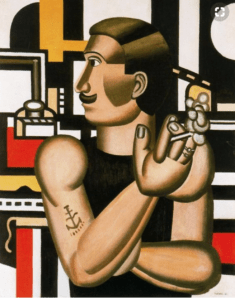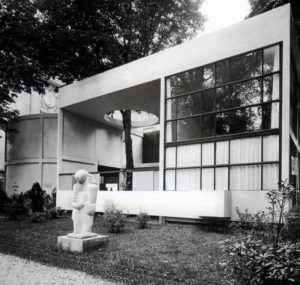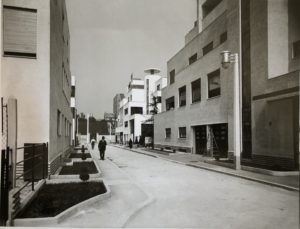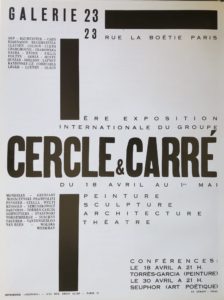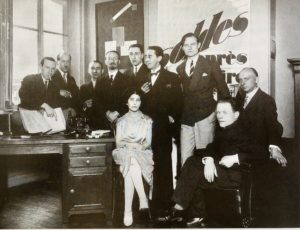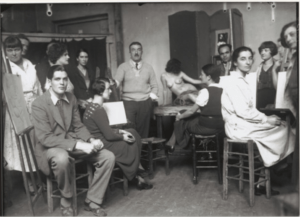As we have seen, just one hundred years ago, the painter Amédée Ozenfant met the young Swiss architect Charles-Edouard Jeanneret in Paris. From this meeting and this friendship, which would turn to hatred just a few years later, the artistic movement of Purism was born.
With the journal L’Esprit Nouveau which they founded together and whose first issue was published in 1920, they would extensively promote their movement. In this journal, they explained to the artistic world of their time their new aesthetic concept linked to the social transformation of the burgeoning industrial society. Another equally colorful figure would soon join them and make his contribution to this new movement: Fernand Léger.
The brand-new journal also promoted talented figures of the time. Painters such as Picasso, Braque, Gris, Lhote as well as sculptors such as Laurens and Lipchitz and writers such as Apollinaire and Eluard would actively collaborate with the new journal while taking advantage of it as a promotional tool and a sort of artistic showcase for their artwork. The Pavillon de L’Esprit Nouveau at the Exposition Universelle of 1925 introduced these artists to international visitors. The very design of the building, made entirely of sprayed concrete, the display of furniture with streamlined shapes, and the paintings and sculptures shown were all new discoveries for the general public. A purification of artistic language was proposed and the goal was simple but essential: obtain new emotion using a new keyboard of colors and primary and geometrical forms. The standard, industrial object was the necessary base.
The painting was conceived as within a three-dimensional space and would be seen from elevated views, in cross-section, and in space. The goal was to offer the viewer a universal system where the idea dominated all else.
The Purist movement followed Cubism as a natural step towards abstraction. Maurice Raynal contributed to the journal l’Esprit Nouveau by writing lucid, regular texts. In issue number 7 of the journal, he wrote: “Purism is a stage that is sometimes brief, but always decisive, after Cubism and in relation to abstraction.” toujours décisive, après le cubisme et par rapport à l’abstraction.
These new creators, including the most important artists of their time in various artistic disciplines, were each influenced by Purism in their production at one time or another. They include (to cite only a few): in France, the exiled Russian artist Serge Charchoune, Marcelle Cahn, and the graphic designer Jean Gorin, who all experienced this essential stage of Purism. In northern Europe, Otto-Gustav Carlsund, Erik Olson, and Franciska Clausen were also influenced by the movement. Willi Baumeister, Heinrich Hoerle, and Walter Dexel of Germany, Juan Gris of Spain, and Pablo Picasso of Catalonia all actively participated in the Purist impulse. l’Esprit Nouveau, son rayonnement, le contenu très riche de ses articles écrits pour la plupart par les acteurs de la pensée intellectuelle de l’époque génèrent de nombreuses réactions littéraires dans le monde entier avec de multiples ouvrages, journaux et revues.
The author notes that this new spirit did not extend only to the whole of Europe, but also reached Russia and North America with Russian artists Ivan Kliun and Serguïna Popova Lioubov and American artists Gerald Murphy, Jacques Lipchitz, and Roy Lichtenstein. The journal L’Esprit Nouveau, its influence, and the rich content of its articles, which were generally written by intellectuals of the time, produced many literary reactions around the world, through various books, newspapers, and journals.
Pierre Guenegan presents in this second part of the book contains a list of these creators, all of whom were influenced by Purism at one time or another. This list is certainly not exhaustive, but attempts to present the most significant artists in terms of their involvement in this new form of creativity. Some of them would evolve towards other forms of art, abandoning Purism or distancing themselves from it, but Purism made its mark on all of them at some time in their artistic development and this influenced them permanently. Many other artists could also be mentioned, but it was necessary to avoid the temptation to include those whose work was not deeply influenced by the movement started by Ozenfant and Jeanneret. esprit nouveau s’étendra non seulement à toute l’Europe mais également gagnera la Russie et l’Amérique du nord avec des artistes comme les Russes Ivan Kliun, Serguïna Popova Lioubov, les Américains Gerald Murphy, Jacques Lipchitz, Roy Lichtenstein.
Many writers, poets, musicians, and photographers participated in the Purist movement at various levels. In particular, it is impossible to omit Guillaume Apollinaire, who contributed his intellectual strength and convincing power to the movement. Paul Eluard, Blaise Cendrars, André Lhote, André Gide, Pierre Reverdy, Jean Cocteau, Gino Severini, George Waldemar, Maurice Raynal, Jean Epstein, Louis Aragon, Piet Mondrian, Jean Metzinger, Paul Dermée, Elie Faure, Céline Arnauld, André Salmon, and Tristan Tzara and André Breton are many other examples of those who collaborated with the Purist journal L’Esprit Nouveau.
Bon nombre d’écrivains, poètes, musiciens, photographes, ont participé au mouvement puriste à différents niveaux ; comment ne pas mettre en avant Guillaume Apollinaire notamment qui a apporté par sa force intellectuelle, sa puissance convaincante, sa pierre à l’édifice puriste. Paul Eluard, Blaise Cendrars, André Lhote, André Gide, Pierre Reverdy, Jean Cocteau, Gino Severini, George Waldemar, Maurice Raynal, Jean Epstein, Louis Aragon, Piet Mondrian, Jean Metzinger, Paul Dermée, Elie Faure, Céline Arnauld, André Salmon, ou encore Tristan Tzara et André Breton en sont d’autres exemples parmi les collaborateurs de la revue puriste de L’Esprit Nouveau.
